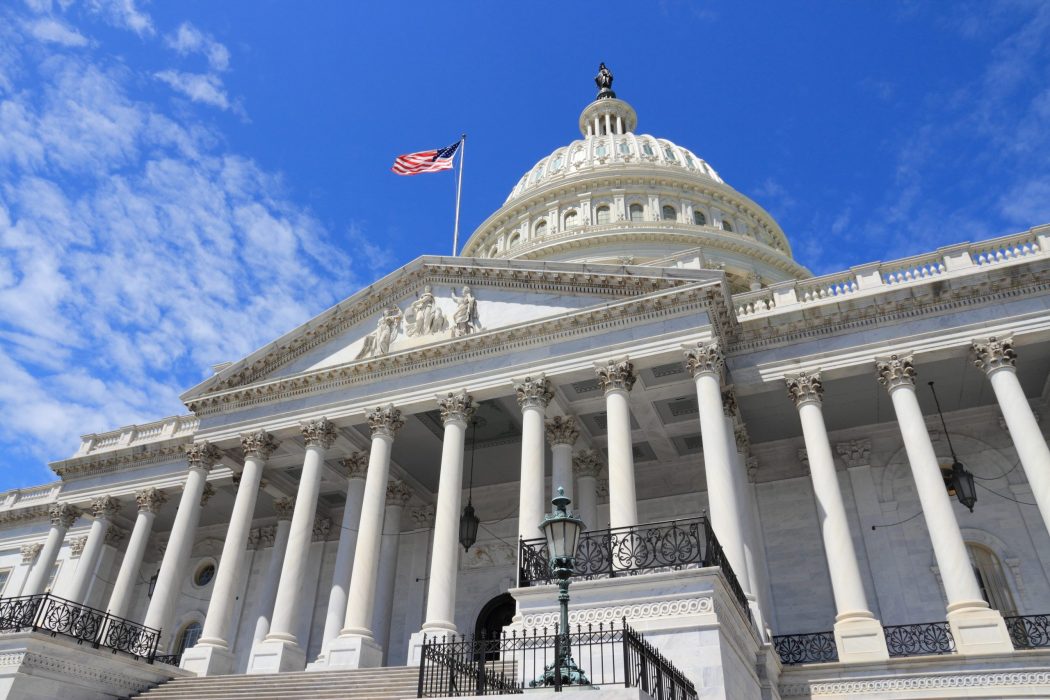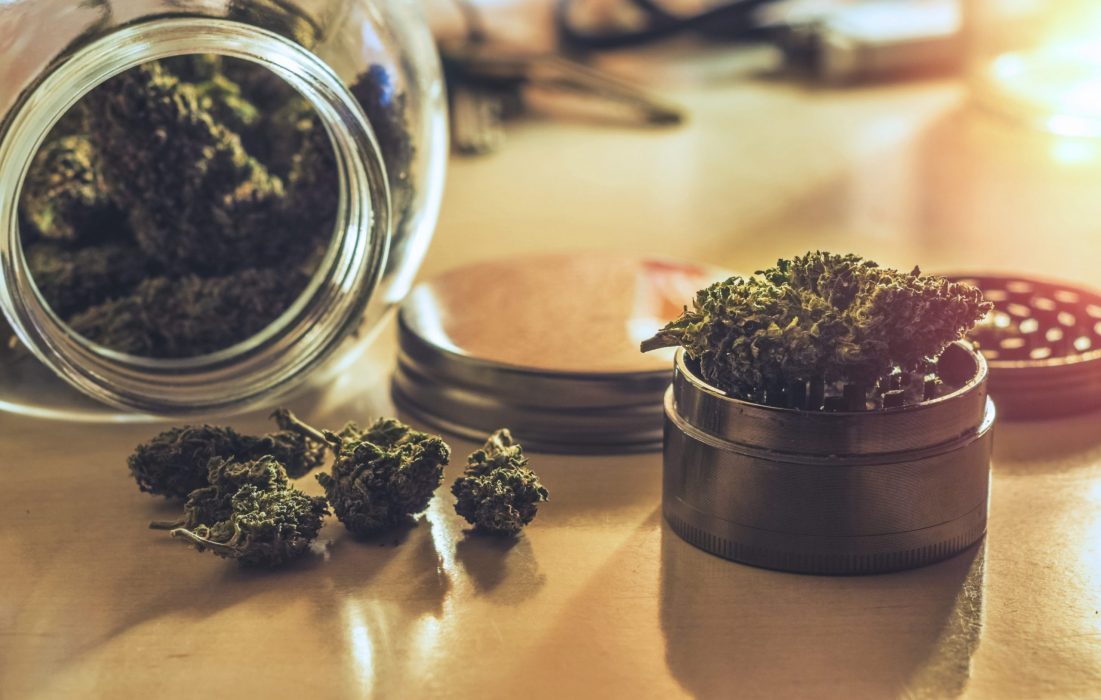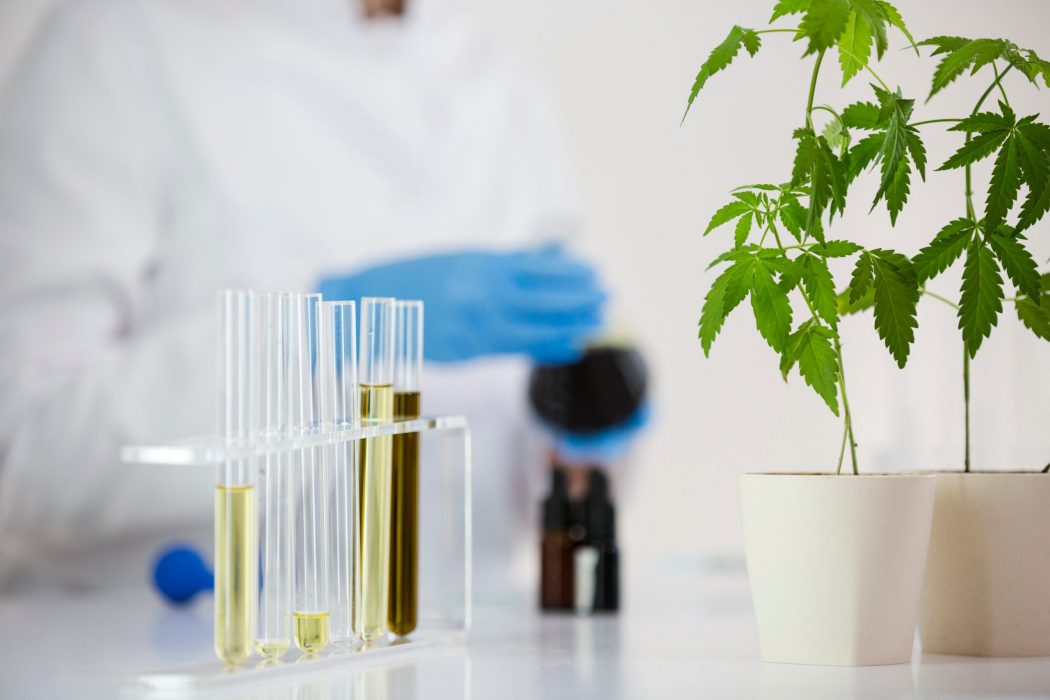The DEA Interim Final Rule: Concerns for Hemp & CBD Businesses

Disclaimer: This article provides an overview of the DEA’s interim final rule. It is for informational purposes only and not for the purpose of providing legal advice. You should contact an attorney with respect to any legal matter.
The U.S. Drug Enforcement Administration (DEA) recently enacted an interim final rule (IFR) — and legal hemp and CBD manufacturers across the country have questions.
As of August 21, 2020, the rule ensures the DEA’s adoption of statutory amendments from the Controlled Substances Act (CSA) from the 2018 Farm Bill. The rule will align regulatory control over marijuana, tetrahydrocannabinols (THC), and other cannabis-related products to policies already in place. Here’s how:
- By modifying the definition of THC to exclude any substance that falls within the definition of hemp
- By removing FDA-approved CBD-based drugs with no more than 0.1% residual THC from Schedule V
- By removing import and export controls over hemp
- By limiting the definition of marijuana extract to substances containing greater than 0.3% THC on a dry weight basis
What’s the DEA’s take?
According to the DEA, the new rule “merely conforms” DEA policy to statutory amendments that have already taken effect. It insists the IFR “does not add additional requirements to the regulations.” Fair enough — the rule does not explicitly impose new regulatory restrictions — but some in the cannabis community are concerned that the updated language could criminalize work-in-progress hemp extract (WIPHE) as well as delta-8 THC distillates.
How could WIPHE be affected?
To meet the definition of hemp, a cannabis-derived product must contain less than 0.3% delta-9 THC. The IFR clarifies that “a cannabis derivative, extract, or product that exceeds the 0.3% THC limit is a schedule I controlled substance — even if the plant from which it was derived contained 0.3% THC or less on a dry weight basis.” Here’s the potential issue: The process of trimming and separating a hemp plant’s stalks, stems, and seeds from its leaves and flowers increases the concentration of THC — even though the actual amount of THC remains the same.
In theory, “the DEA could take action against hemp extract manufacturers during this stage, before the business is able to dilute the THC to be in compliance,” according to hemp attorney Rod Kight.
Prior to the IFR, there was no official position on DEA enforcement of WIPHE, so producers operated without much concern in this stage — so long as it was not sold or consumed. The DEA’s new rule creates a lot more gray area that can lead to potentially risky situations for hemp extract manufacturers.
The language clash over what constitutes “synthetic”
All synthetically-derived THC remains schedule I controlled substances. But the DEA’s interpretation of the term “synthetic” could pose a problem for delta-8 THC producers. Delta-8 THC is a variation of the familiar THC compound, but derived from hemp (in tiny concentrations) with less potency than its delta-9 THC cousin.
While delta-8 THC is not a schedule I controlled substance, the process of converting CBD to delta-8 THC through the use of a catalyst could be considered “synthetically derived” and therefore illegal. (Some argue delta-8 THC is illegal under the Federal Analogue Act since it could be considered “substantially similar” to delta-9 THC. Additionally, some states may impose more restrictive laws that criminalize delta-8 THC, even when derived from hemp.)
Clearly, the cannabis world is no stranger to complex legal roller coasters — but this newfound uncertainty around the DEA’s interpretation and potential enforcement of what constitutes “synthetic” adds yet another layer of complexity. Many are hoping the rule will be further clarified or revised down the road.
Share your comments with the DEA. Since the DEA argued that the IFR regulations “merely implement statutory changes over which the agency has no discretion,” it considered public notice-and-comment procedures unnecessary. But fret not — despite this assertion, the DEA is still soliciting public comments on the amendments through October 20, 2020. You can view the entire interim final rule text through the Federal Register here and read the details for submitting public comments here.




